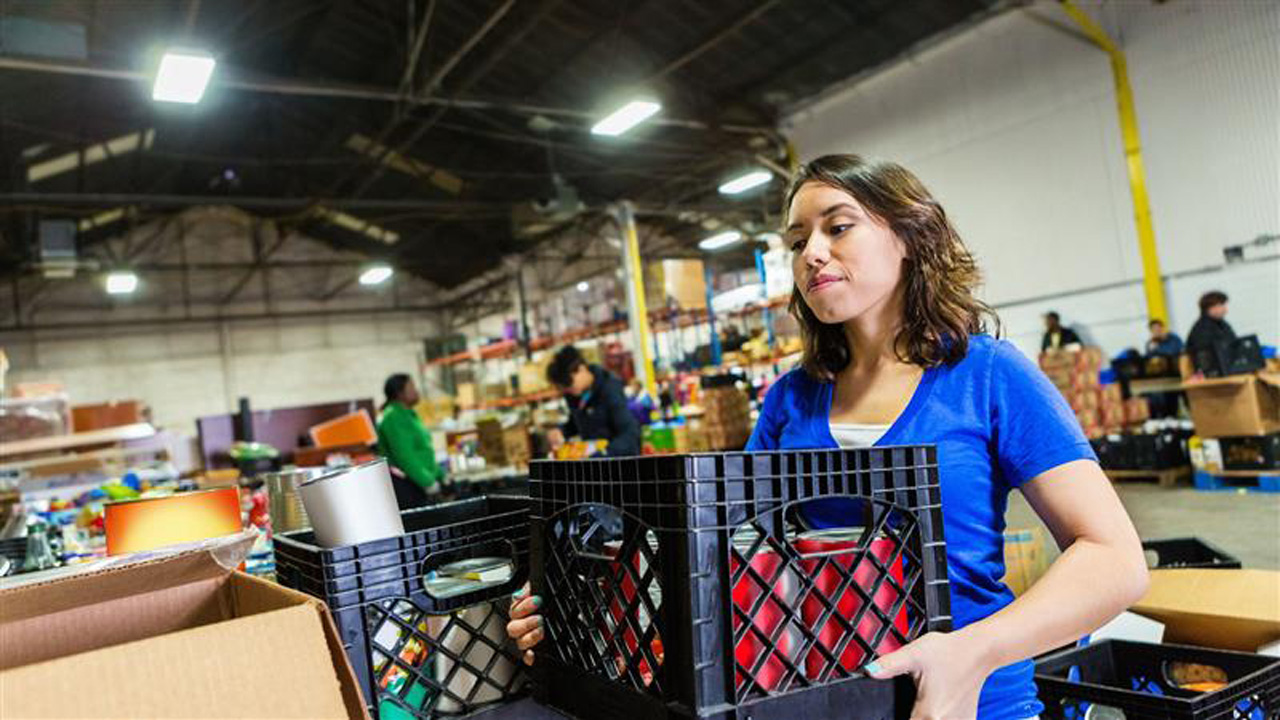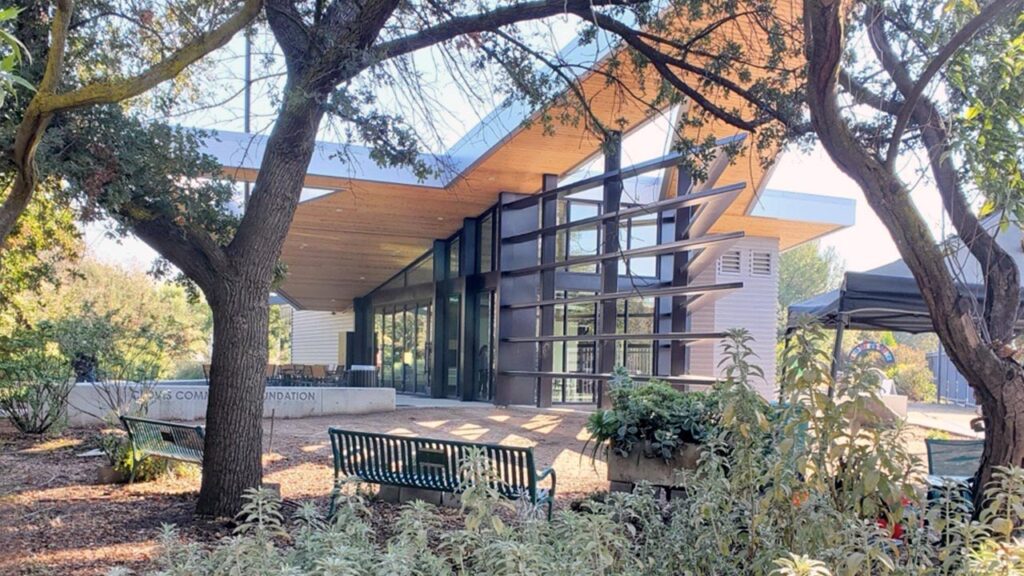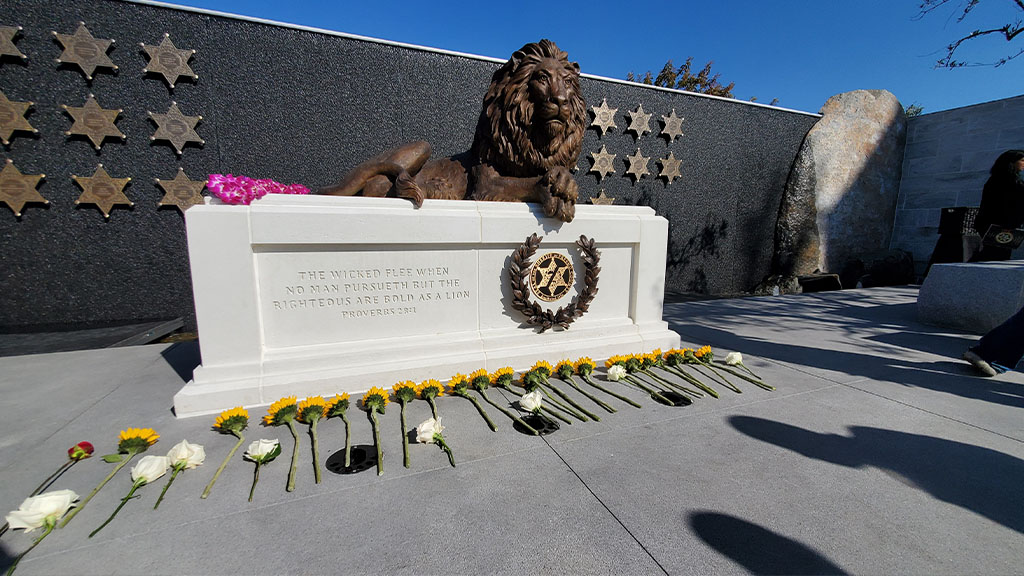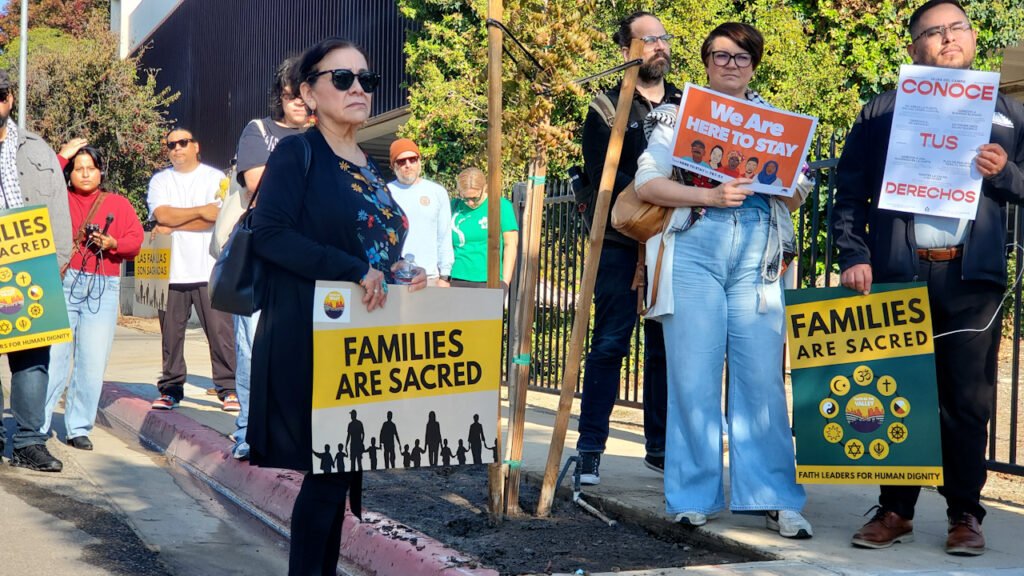Share

On Thanksgiving, I wish I were back at the tiny house at 830 Ohio Street, in one of the oldest sections of one of the Inland Empire’s oldest cities, Redlands.
It was there that I spent Turkey Day as a kid. Somehow, 50 or more of my relatives would squeeze into the 1,000-square-foot home, which had one bathroom, one decent bedroom and a small alcove between the kitchen and the backyard that passed for a second bedroom. It was so close to Interstate 10 that passing trucks seemed to shake the house at times.
But it held a profound significance for my mother’s family. This was the only house that my great-grandmother, Linnie Humphrey, ever owned.
Great Grandma’s House in 2018
Recently I went back to the house, as part of a quest for a more intimate understanding of how California housing is changing and aging. On the journey, I visited six different homes that were dear to members of my large California family.
I was especially curious about the Redlands property, and whether Great Grandma’s modest house could still accommodate a Californian’s dream. When I got there, I would learn a lesson about Californians’ housing endurance, and the toll that the decay of older houses can take on poor families.
Linnie, from Sooner stock, abandoned the small town of Okemah, Oklahoma for California during the Dust Bowl. In San Bernardino County, she and her husband worked in the packing houses, renting one of the company’s modest homes in an East Highlands neighborhood called the Green Row.
But by the 1960s, the citrus business was dying, and she needed a new job and a new place. So she and my great-grandfather Bull Humphrey took out a mortgage to buy 830 Ohio, which was both a few blocks from their Baptist church and from her new job as a cleaning lady at the University of Redlands.
The house was already pretty worn; public records say it was built in 1932, though fire insurance records suggest it may have been part of an earlier structure. Family members helped with the house; her son Shelby put in the toilet and the bathtub, and others pitched in to put in some grass and bushes in the front, with orange and lemon trees in the big backyard.
The family sold the place after she died in 1995, for $62,500. The new owner kept it up, but then the Great Recession hit the neighborhood hard. By 2009, many homes in the neighborhood were in foreclosure, and people, unable to keep up their properties, lost or sold their houses.

Opportunities of the Great Recession
But in California, one person’s bust is another’s boon.
A longtime chiropractor and real estate investor named A.B. “Barry” Lee seized the moment, buying up several properties — both homes and retail — throughout the neighborhood cheaply. Among his purchases was 830 Ohio Street.
Lee, who says he is “pushing 93” but looks 20 years younger, is a Redlands native. When I visited him at his former chiropractic office, he said the work didn’t provide enough for his retirement or to support his wife, who was a teacher, and three children. He says he’s also charitable, handing out food in the neighborhood, taking in difficult tenants who came through drug courts, and providing homes that a local church uses for its social work.
He told me that he had built his small Redlands real estate empire — he says he has 48 rental homes—following the classic 1920s financial book, The Richest Man in Babylon, in which author George Clason wrote: “Money is the medium by which earthly success is measured. Money makes possible the enjoyment of the best the earth affords.”
Dr. Lee’s dozens of purchases, concentrated in just a few blocks, helped shift the neighborhood from a place of homeowners to a center of renters, reflecting a broader change in California, triggered in part by the recession. Between 2006 and 2014, the number of owner-occupied units in the state fell by a quarter-million, while the number of renter-occupied units increased by 850,000. Home ownership statewide dropped to its lowest rate since 1944.

Californians Sacrifice to Live in a House
Surveys show most of the new renters lived in single-family detached homes like 830 Ohio Street. Housing dreams die hard, and visiting 810 Ohio in its new guise reminded me of the suffering that Californians will endure because of our devotion to housing. We tolerate the nation’s worst commutes to hold on to the grail of a house, and sacrifice huge amounts of money to rent and mortgages that might otherwise go to our health or education.
I twice visited the current tenants: a married couple, Louis and Destiny Moore Hernandez, and their two sons, ages 12 and 5, both of whom sleep in that tiny alcove behind the kitchen. Destiny pulls out a thick stack of photos showing rat and roach infestations, and records showing her exchanges with Lee and the Gas Company over a persistent leak. I myself tripped over a loose heat grill in the living room floor, which is covered with a wood plank for now. The house has a window A/C unit, but is cold in the winter months because they are afraid to turn on the gas.
“It feels like the house is going to fall apart,” says Destiny.
When I pressed Lee about these conditions, he said the family are good tenants who pay their rent, and he appreciates that they push him to fix things; too many tenants never report damage, he adds. And the family says they appreciate Lee dropping the rent from $950 to $750 because of the house’s deficiencies.
While it’s nice that the landlord and tenants figured out an accommodation, this doesn’t solve the real problem: the faltering conditions of this aging house and so many in California like it. What’s worst about our failing houses is how much we still need them. While 830 Ohio is part of Lee’s “earthly success,” it is even more precious to the Hernandez family.

Louis, 54, a former prizefighter, and Destiny, 36, both subsist on $689 monthly disability checks; so the $750 rent consumes more than half of their income. Still they remain. The house is a place where they can stay cool in the summer with an above-ground pool that Destiny bought at Kohl’s and is slowly paying off at $27 a month. And it’s a place to return to after Destiny, who is an expert at finding cheap ways to entertain her boys, takes them to certain games of the minor league Inland Empire 66ers in San Bernardino, where 50-cent admission and discounted hot dogs give the family a night out for just $10.
‘We’re not on the Street’
When I ask them about their dreams, they say that the house, for all its problems, holds the promise of some stability so their boys can grow and achieve their dreams. “We could be worse. We’re all together as a family,” Destiny says. “And we’re not on the street.”
But in the long term, displacement is a risk for the Hernandez family. On the other side of Interstate 10 is the lovely and expanding historic downtown. It may only be a matter of time before redevelopment comes and 830 Ohio Street, and this neighborhood, are no more.
About the Author

Joe Mathews writes the Connecting California column for Zócalo Public Square. This is an excerpt from a longer essay at this link.
Categories




















